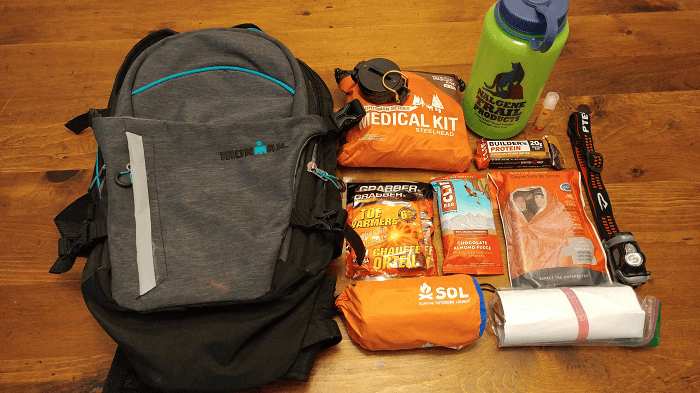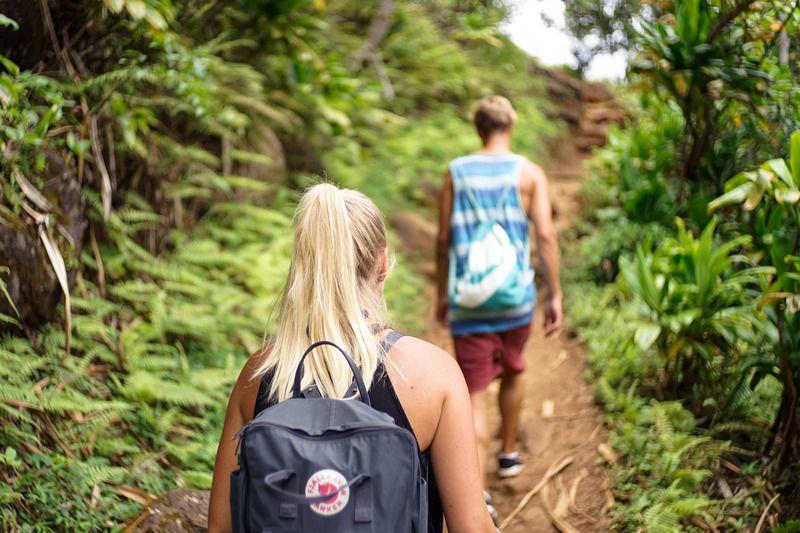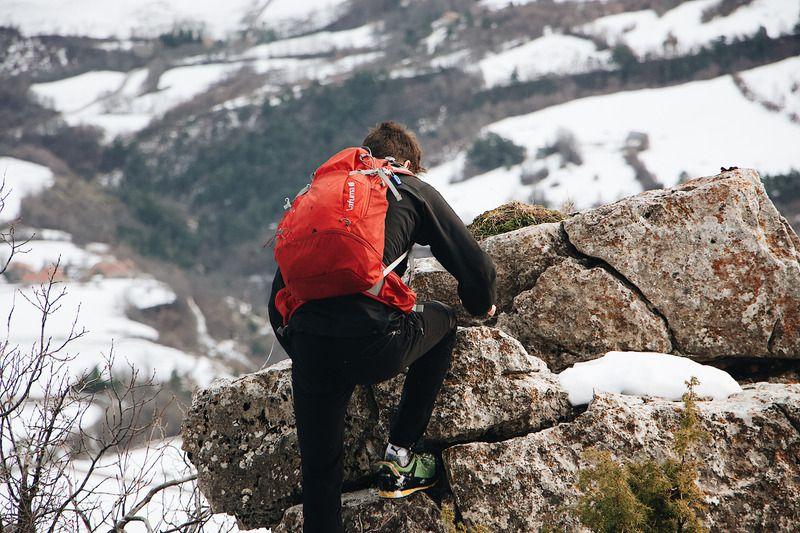Hiking is an enjoyable and affordable outdoor activity that anyone can participate in. The benefits of hiking are endless, from physical fitness to mental health benefits. However, bringing the right gear is important to ensure a safe and enjoyable experience. In this step-by-step guide, we’ll cover the essential items you need to bring on your next hike.
Contents
Overview of Hiking and Its Benefits
Hiking is a form of exercise that involves walking on trails or paths in natural environments. It provides numerous physical and mental health benefits, including cardiovascular fitness, muscle strength, stress reduction, improved mood, and cognitive function. Hiking also gives you the opportunity to connect with nature and explore new places.
Importance of Bringing the Right Gear
Bringing the right gear on a hike is crucial to ensure safety and comfort. You should always pack the essentials, such as navigation tools, first aid supplies, and sun protection. But you should also consider factors like weather, duration, and distance from help when deciding what gear to bring. A well-prepared hiker is a happy hiker!
Step-by-Step Guide to Hiking Essentials
Step 1: Choose the Right Backpack
The first step in preparing for a hike is choosing the right backpack. Here are some things to consider:
Capacity
The size of your backpack should depend on the length and difficulty of your hike. For a day hike, a small backpack with 20-30 liters capacity should suffice. For longer hikes, you’ll need a larger backpack with 50-70 liters capacity.
Fit
Your backpack should fit comfortably and snugly on your back. Look for backpacks with adjustable straps to ensure a good fit.
Features
Look for backpacks with features like padded shoulder straps, waist belts, and multiple compartments for organization.
Step 2: Dress Appropriately
Dressing appropriately is important for comfort and safety when hiking. Here are some things to keep in mind:
Layers
Layering clothes allows you to adjust to changing weather conditions. Bring a moisture-wicking base layer, insulating mid-layer, and waterproof outer layer.
Footwear
Choose sturdy, comfortable hiking boots or shoes with good traction and ankle support.
Accessories
Don’t forget accessories like sunglasses, a hat, and gloves to protect yourself from the sun, wind, and cold.
Step 3: Bring Adequate Food and Water
Bringing enough food and water is crucial for energy and hydration during a hike. Here are some tips:
Hydration
Bring at least two liters of water per person for a day hike, and more for longer hikes. Consider bringing a water filter for longer hikes in case you need to refill from a natural source.
Snacks
Bring plenty of snacks like trail mix, protein bars, and fruit for quick energy boosts.
Meals
If you’ll be out all day, pack a lunch like sandwiches or wraps to keep you fueled.
Navigation tools are essential for staying on track and avoiding getting lost. Here are some options:
Map and Compass
Bring a map and compass and know how to use them. It’s important to have a backup navigation tool in case your GPS device fails.
GPS Device
A GPS device can be helpful for tracking your location and progress on the trail. Make sure to bring extra batteries or a portable charger.
Trail Guide
A trail guide or hiking app can provide valuable information about the trail, including difficulty, distance, and points of interest.
Step 5: Emergency Supplies
It’s important to be prepared for emergencies when hiking. Here are some items to consider:
First Aid Kit
Bring a compact, lightweight first aid kit with bandages, antiseptic wipes, and pain relievers.
Whistle
A whistle can be used to signal for help in case of an emergency.
Light Source
Bring a headlamp or flashlight with extra batteries for visibility in low-light situations or if you’re caught out after dark.
Q: What is day hiking?
A: Day hiking refers to hiking for a single day, and typically does not involve camping overnight.
Q: What hiking gear should I bring?
A: It’s important to bring along the right hiking gear, including proper footwear, a backpack, trekking poles, sun protection, and extra clothing.
Q: Is there a packing list I should follow for hiking?
A: Yes, having a hiking packing list or checklist is crucial to ensure you remember all the essentials and have a successful hike. It can include items such as a map, first aid kit, fire starter, and toilet paper.
Q: What are some day hiking gear essentials?
A: Along with proper footwear and a backpack, some day hiking gear essentials include a headlamp, sunscreen, a water bottle, and trekking poles.
Q: What gear should I bring beyond the essentials?
A: Depending on your preferences and the duration of your hike, you may want to bring items such as a camera, binoculars, or a book to read during breaks.
Q: What kind of backpack should I use for hiking?
A: You should use a hiking pack that’s comfortable and fits well, allowing you to carry all of your gear without straining your back or shoulders.
Q: Should I bring toilet paper on my hike?
A: Yes, always bring toilet paper with you on every hike. It’s a good idea to pack it in a plastic bag to keep it dry and easy to carry.
Q: Do I need sun protection for hiking?
A: Yes, it’s crucial to protect your skin from the sun’s harmful rays while hiking. Be sure to wear sunscreen and a hat, and carry sunglasses and lip balm.
Q: What should I bring on a hike?
A: In addition to essential gear like a map and first aid kit, it’s a good idea to bring along a snack, water, and extra clothing in case it gets cold or wet.
Q: What are the 10 essentials for hiking?
A: The 10 essentials include a map, compass, sunglasses and sunscreen, extra clothing, headlamp, first aid kit, fire starter, matches, pocket knife, and extra food. These are items that are crucial for safety and survival on any hiking trip.
Q: Do I need special footwear for hiking?
A: Yes, it’s important to wear hiking shoes or boots that provide good traction and support for your feet and ankles. Avoid wearing flip-flops or sandals when you’re hiking.
Conclusion
In conclusion, being well-prepared for your hike is essential to ensure a safe and enjoyable experience. Following this step-by-step guide to hiking essentials will make you ready to hit the trails confidently. Remember to choose the right backpack, dress appropriately, bring enough food and water, pack necessary navigation tools, and carry emergency supplies. With these essentials in mind, you’ll be well-equipped for your next outdoor adventure. Happy hiking!
Hi, I am Michael B.McMahon. I am a professional Hiker, Traveler, Climber & Mountainer. I love to travel a lot. I describe my all experience in this blog. I visit a lot of places. I hope my all article helpful everyone. Enjoy It




